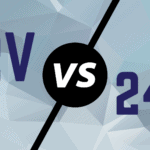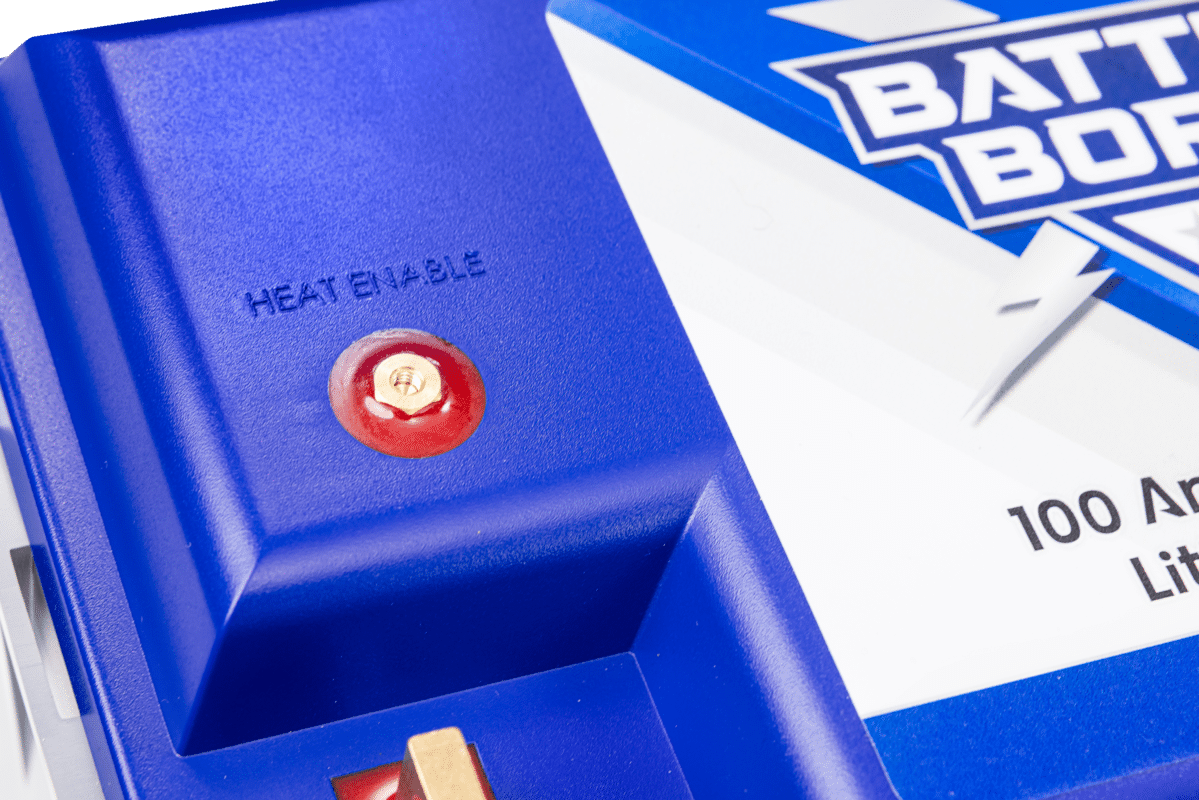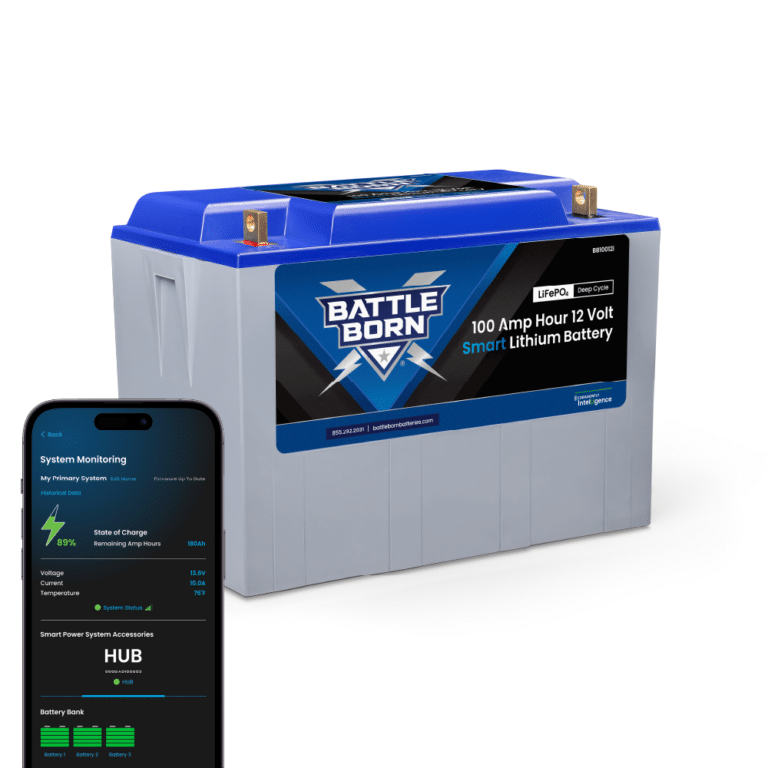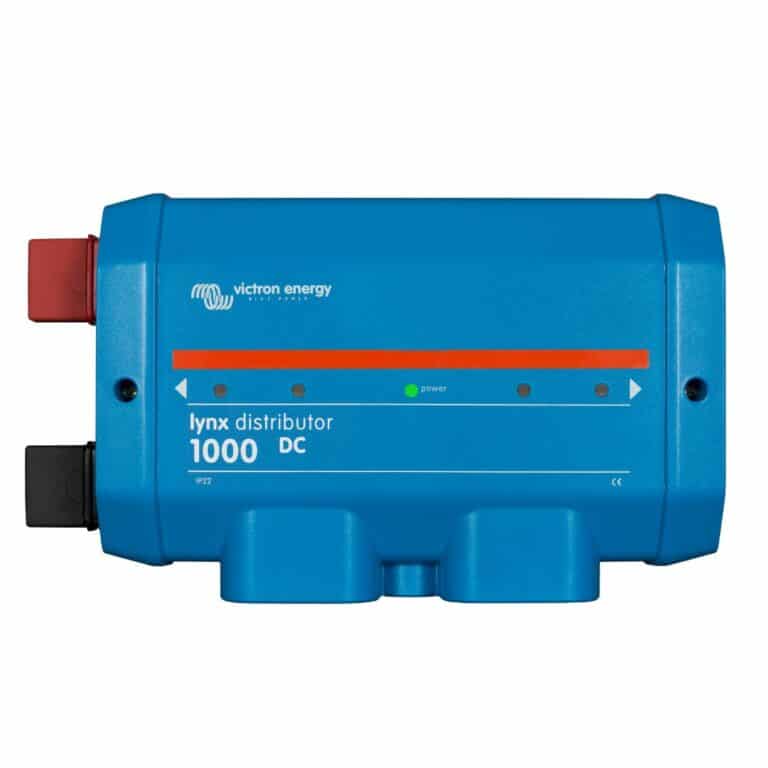
MENUMENU
TALK TO AN EXPERT
Special Hours: 7AM – 6PM PST
TALK TO AN EXPERT
Special Hours: 7AM – 6PM PST
Your battery is key to powering your mobile lifestyle. But cold temperatures affect the charge, performance, and overall lifespan of all batteries, no matter what vehicle you’re in. Understanding the importance of battery kits and how they prevent battery damage in cold temperatures can help you stay powered during winter.
Let’s explore how freezing temperatures affect battery performance and longevity. We’ll also offer tips for choosing and using batteries in the cold.

Cold weather can impact a battery’s ability to store and release energy. Without heated battery kits, a reduced energy transfer affects the battery’s efficiency by lowering its capacity, performance, and lifespan. This happens for several reasons:
With slower reactions, more resistance, and lower conductivity, most batteries can’t release or retain a charge very well in cold temperatures. This means you’ll need to charge batteries more frequently, which poses two problems.
First, the lifespan of a battery only lasts for so many charging cycles. The more charging cycles they undergo, the faster they wear. Lead acid batteries typically only last around 400 cycles. However, lithium deep-cycle batteries last 3,000–5,000 cycles. The other problem with charging batteries in cold temperatures is that, well, you can’t. Lithium-ion batteries generally don’t accept a charge in temperatures below freezing. And while lead acid batteries will charge, the charging rate is extremely slow.
Heated battery kits from Battle Born Batteries, for example, have internal battery management protection systems that keep the battery from charging if the temperature drops below 25°F. What’s more, the ability to charge will only resume when the temperature exceeds 32°F (0°C). This battery management system (BMS) is key to preserving the battery.
Because lead acid AGM batteries don’t have this protection system, they’ll take some charge at colder temperatures—although you risk damaging the battery for good. Still, lead acid batteries’ ability to (slowly) charge during freezing temperatures leads many people to assume they’re the superior power option. Not so.
In a study by Battle Born Batteries, an equal-sized bank of lead acid batteries and Battle Born lithium batteries were tested at various temperatures. The first test was done with a 30 amp draw (less than 400 watts) at 70°F. The lead acid batteries delivered only 63 of the claimed 210 amp hours, while the lithium batteries delivered more than double—over 200 amp hours of power.
As the temperatures dropped, the lithium batteries showed negligible power loss. However, the lead acid batteries yielded only 32 amp hours in the coldest temperatures tested.
When increasing the power draw to 80 amps, the results were even more dramatic. The lead acid battery was largely ineffective, providing less than 1 amp hour of power. In contrast, the lithium-ion battery continued to supply 154 amp hours of power, even at 5°F.
Since lithium batteries still yield so much power at cold temperatures, they can use some energy to power a battery heat supply. This allows the battery to stay warm enough to enable charging.
Not only does battery performance decrease in cold temperatures, but its charging capacity also decreases. Protecting your battery from the cold is necessary to prevent freezing, cracking, and long-term damage and to ensure reliable performance. Heated battery kits are highly recommended for all outdoor activities where batteries may be exposed to extreme cold.
By warming the battery, heated battery kits prevent the internal chemical reactions from slowing down. This improves the battery’s ability to deliver power and charge and helps maintain its capacity long-term.
Heated battery kits typically consist of a heating element and a temperature controller. The heating element warms the battery while the temperature controller ensures the battery maintains an optimal temperature. This prevents both losing charge due to cold and the damage caused by overheating.
Battle Born’s deep cycle LiFePO4 heated batteries, for example, use a proprietary, low-draw technology to keep batteries at an optimal temperature and ready to charge. These units are automatically activated when the temperature falls below 35°F and deactivate at temperatures over 45°F.

When choosing a heated battery kit, there are several factors to consider:

These tips can help you get the best performance out of your heated battery kits:
While cold temperatures affect the performance of all batteries, lithium batteries remain the best option for powering your outdoor winter adventures. Take it a step further with heated battery kits, and you can stay off the grid longer and in comfort.
Whether you need a battery pack for your RV, boat, or solar setup, Battle Born Batteries offers a range of superior-quality units to meet your needs year-round. Our heated LiFePO4 batteries feature a battery management system that ensures a safe and reliable power supply. In addition, the batteries are waterproof, sealed, and come with a 10-year warranty.
Chat with one of our experts today about which heated battery kit is the best option for your needs. We’ll help you find the perfect match for your winter adventure.

Shop Best Sellers








Ask a technical specialist now at 855.292.2831
Stay in the Know